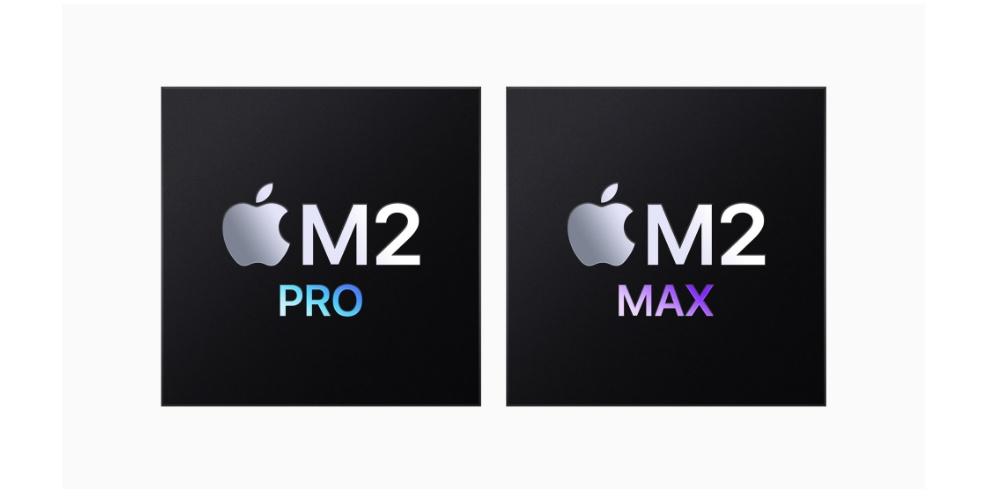
Apple is already baking the next generations of its products, which we already know will bring many changes. But not all of these developments are in the software or external hardware of the device. There are internal components that can make a huge difference. So here we are going to see what this new movement of the company is about, regarding the manufacture of its products.
Apple bets everything on TSMC
The MacRumors portal has recently published that Apple has ordered “the entire supply of TSCM’s 3-nanometer chips for iPhone 15 Pro and Mac M3”. In this move, Apple ensures that it has a strategic partner for the production of its chips in two product ranges that will be even more relevant in the future. The iPhone 15 Pro and Mac computers they’re going to have the same 3nm architecture on their chips, and from the same manufacturer.
Despite the fact that the production of 3 nm chips implies a higher cost, these chips began to be manufactured in December 2022 and some 45,000 boards containing these chips are forecast. The fate of these chips will be destined, in the case of the Mac, for the new M3 processors, and in the case of the iPhone and 15 Pro Max, they are expected to be the foundations of the A17 Bionic. Thanks to this new technology, the A17 Bionic would be 35% more efficientin energy terms, compared to the previous A16 Bionic chips, which are built in 4 nanometers.

Predictions of when 3nm would arrive
In addition, from MacRumors they report that the new 2023 MacBook Air could already be equipped with the new 3nm chip. They also echo an analyst prediction Ming Chi Kuowhich says that the M3 Pro and M3 Max processors, also based on 3 nm, that would incorporate the MacBook Pro would begin to be manufactured at scale in the first half of 2024.
Currently, the range of processors M2 is built on the 5 nm. If these processors already offer very good energy efficiency and performance, with the incorporation of 3nm technology by TSMC, the generational leap could be noticeable in a significant way. Just like the M2 chips, the M1 processors are built on 5nm, and the generation change was very noticeable.
Stopping using Intel processors to assemble unified processors with their own design, made the qualitative leap in terms of data processing, battery life and multitasking capacity (among other factors) very noticeable. In addition, the prices of the first MacBook Pro with M1 lowered their price, compared to the last generation that incorporated Intel processors. TSMC is one of the world’s largest semiconductor companies. Based in Taiwan, the company already has its first 3nm microprocessor build architecture in place. But this is not the only one. TSMC is known to evolve to a second version of its 3nm processor technology, and as reported by MacRumors “Apple would be the first customer to adopt the process”, in addition to predicting this milestone with a date: next september




